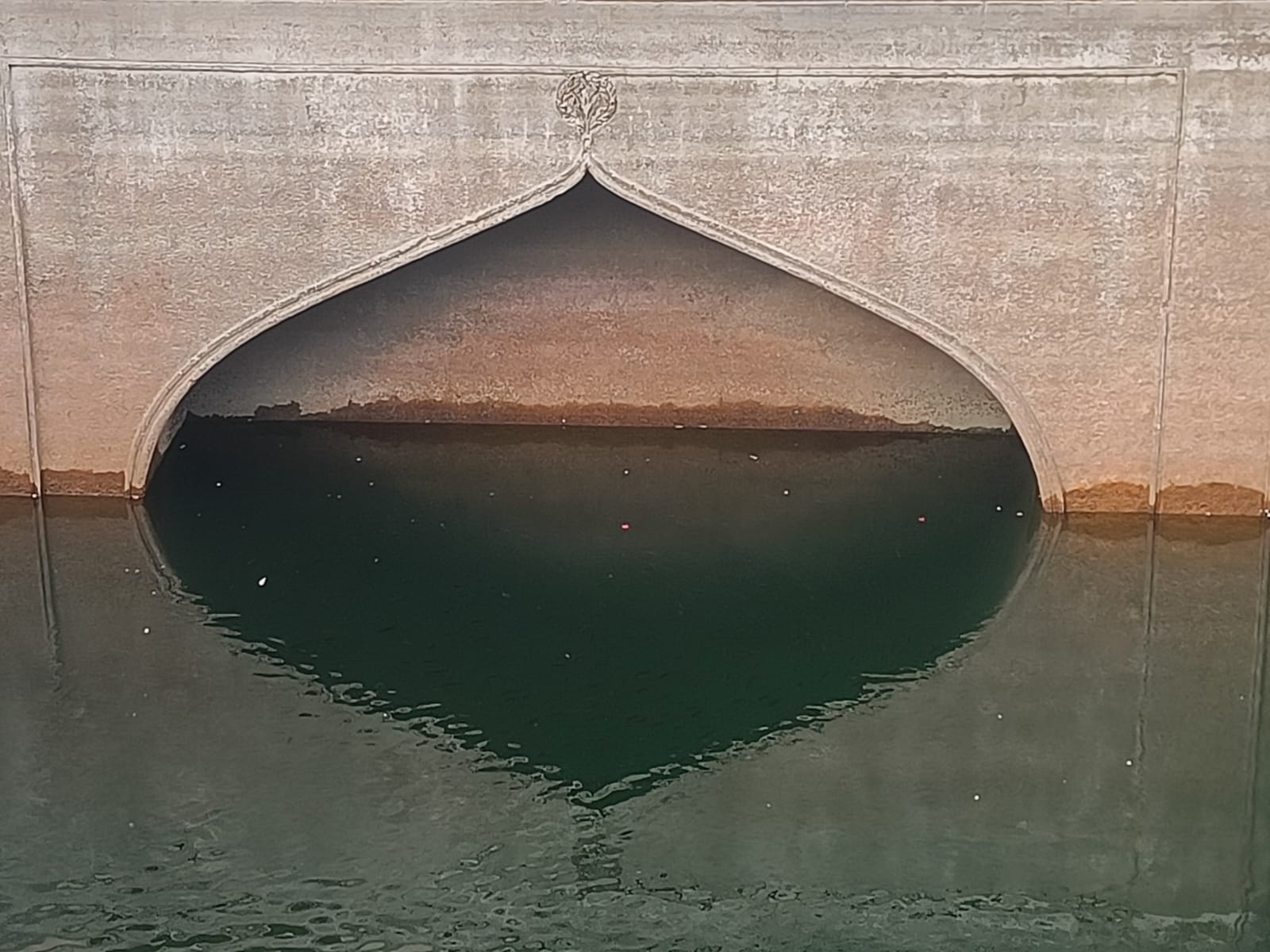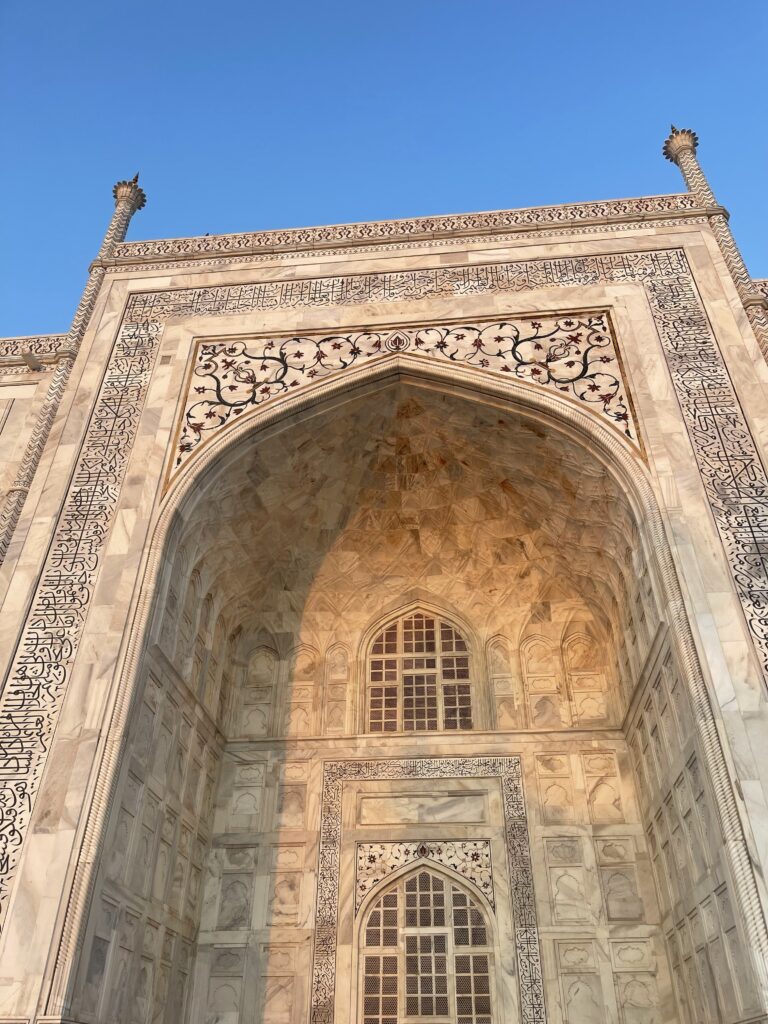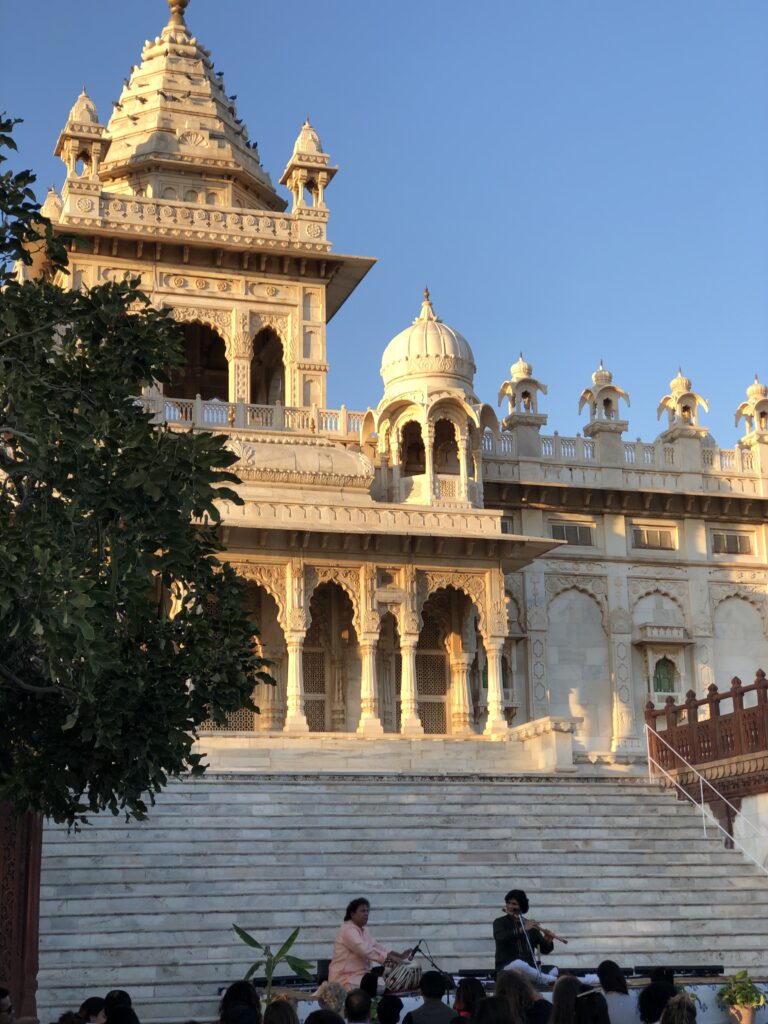
A photo of a bawri (step well) in Hyderabad. Photo courtesy Pradeep Joshi, an incredible photos
Humans worry about life and they are fascinated by death. Death has inspired a lot of architecture . It is a desperate attempt by humans to stay alive forever. But why were these necropolises built? Was it fear of the unknown, a hope for the afterlife, or simply a testament to the greatness of those who ruled? Some say these places are gateways to another world, where spirits linger and curses protect the dead. The Egyptians believed their rulers needed to be buried with their possessions to navigate the afterlife. The Etruscans designed tombs mirroring their homes, as if death was merely a passage into another existence.
The Taj Mahal is the world’s most famous mausoleum which is a monument, typically made of stone, that is used to inter and enshrine the remains of a famous or powerful person. The Taj Mahal was built by the Mughal emperor Shah Jahan (reigned 1628–58) to immortalize his empress consort Mumtaz Mahal (“Beloved Ornament of the Palace”), who died in childbirth in 1631, having been the emperor’s inseparable companion since their marriage in 1612. This is a not the usual look at the seventh wonder of the world. Don’t miss the calligraphy along the rectangular frame. The letters have been so adjusted as to look uniform.

Qutub Shahi Tombs—the final resting place of the Golconda rulers. The mausoleums rise like silent sentinels, their domes reflecting the grandeur of an era when Persian and Indian architectural traditions merged as one. The symmetry of the tombs, the intricate carvings, and the serenity that lingers despite centuries of history unfolding around them.
Aryan Kanyal wrote a lovely post about this necropolis <read it>
In Egypt, the Valley of the Kings hides secrets deep within its tombs, where pharaohs were laid to rest with golden treasures and cryptic hieroglyphs that speak of an afterlife filled with celestial boats and divine feasts. When I was 13 I was gifted a book about the discovery of King Tutankhamen’s tomb that had been discovered in 1920s. When I told some friends in school that I wanted to visit the tomb I was told that it brought bad luck. I dropped my plans.
Then there is Père Lachaise Cemetery in Paris, where Oscar Wilde and Edith Piaf have their names etched into tombstones. Here, death is not an end but a conversation—people still leave letters, poems, and lipstick kisses on Wilde’s grave, a testament to the enduring power of art and love.
Further east, the Ming Tombs in China unfold like a landscape of imperial splendor. Guarded by towering stone statues, the spirit way leads to magnificent halls and underground chambers where emperors were laid to rest with the precision of cosmic alignment.
Jaswant Thada in Jodhpur is a cenotaph – not a necropolis.

Acenotaph which is a specific monument and complex that is a memorial and cremation site for a particular family. I was there to attend the Rajasthan Folk Festival in Jodhpur. That is a photo of Rakesh Chaurasia mesmerising the crowd with his music.
The melodious Manganiyars opened the day at the break of dawn during the folk festival. The Manganiyars and Langas make their livings as musical performers and genealogists for patrons. Both groups are Muslim, but the Langa’s patrons are Muslim Sindhi Sipahis, whereas the Manganiyar’s patrons are mainly Hindus.

The Manganiyars play their kamaichas (stringed instruments), kartals (wooden clappers), and dhols (kind of a drum). Listen to this clip.


